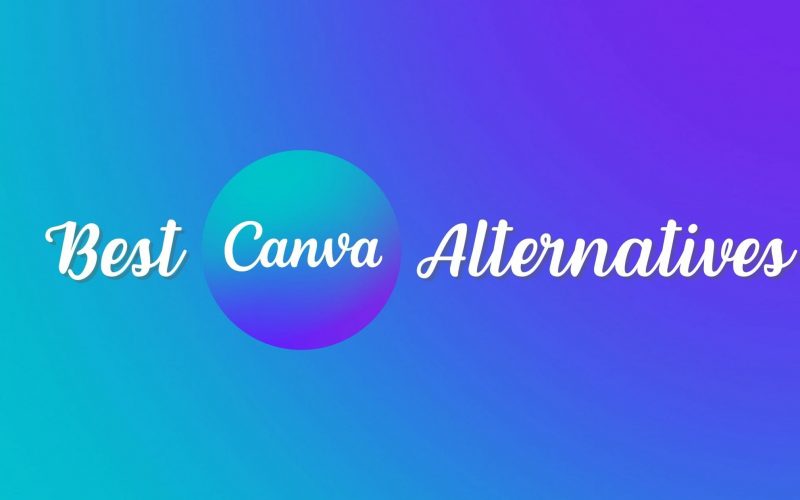Do you remember your first job as an independent designer? You were full of brilliant ideas and ready to amaze your client with beautiful pictures. Then the truth hit. A lot of people use Canva as their main drawing tool, but it felt a bit limited. Stock photos and the small number of templates just weren’t cutting it for your unique idea. Do not be afraid, fellow artist! No matter how much money you have, there are a lot of great Canva alternatives waiting to help you be creative.
For newbies, Canva is useful, but professional designers often want more advanced features and more control over their work. Design Shack recently did a study that showed that more than 70% of professional designers use design tools other than Canva because they want their projects to stand out.
We’ll look at the pros and cons of several alternatives to Canva that are made for artists with different needs and budgets. We can help you if you’re a freelancer, a web designer, a social media expert, or any other kind of design worker.
What is Canva?
Canva is a popular online design tool that lets people make graphics, presentations, and movies that stand out without needing to know anything about design. Users can easily make professional-looking visuals for content marketing on the site, which has a huge library of templates, pictures, and design elements.
With its easy-to-use interface and large library of resources, Canva has become the go-to graphic design platform for many businesses and people who want to make eye-catching graphics quickly and easily.
Key Takeaways
- While Canva serves as a basic tool for many, professional designers often seek more advanced features and greater control over their projects, leading them to explore other tools.
- A study by Design Shack revealed that over 70% of professional designers opt for tools other than Canva to ensure their projects stand out and meet specific professional standards.
- Canva alternatives like Adobe Spark, Crello, and PicMonkey offer enhanced features such as integration with Adobe products, advanced animation and video editing capabilities, and more sophisticated image editing tools.
The Best Alternatives to Canva for Every Designer
#1. Adobe Spark
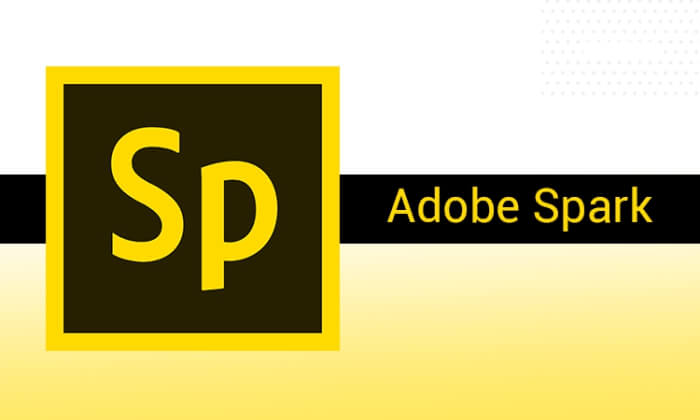
- Integration with Other Adobe Products: Adobe Spark works well with other Adobe products, like Photoshop and Illustrator, so users can easily import projects and improve them with more powerful tools.
- Types of Content: Graphics for the web and mobile devices, short movies, and stylish presentations are the main focuses. It comes with properly made templates that are simple to change.
- Easy to Use: Spark is known for being easy to use, and it lets people quickly make visually appealing content without needing to know a lot about graphic design.
- People who need uniform branding and professional designs that are easy to share across digital platforms include people who work in marketing, education, or own small businesses.
- Unique Selling Point: Adobe Spark’s integration with the Adobe Creative Cloud makes it easier to sync projects between different Adobe apps and makes the process smoother for people who are already using Adobe products.
#2. Crello
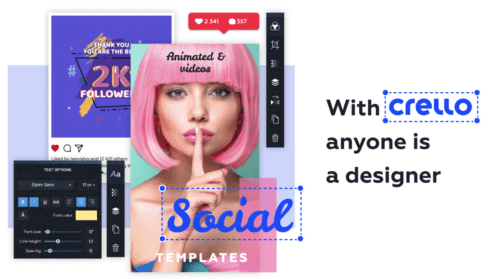
Key Features of Crello:
- Animation and Video Editing: It has a lot of tools for making cartoons and editing videos, which are important for digital advertising and social media campaigns.
- Template Rich: It has a huge library of social media-specific templates that can be changed to fit your needs. These templates include posts, ads, and stories.
- Ideal Users: Content creators and social media managers who want to keep audiences interested in visual content that changes over time without having to spend a lot of money on complicated tools or training.
- Unique Selling Proposition: Crono stands out as a cost-effective solution that works on making multimedia content, especially animations, and videos, which are important for digital marketers today to get people’s attention.
#3. PicMonkey
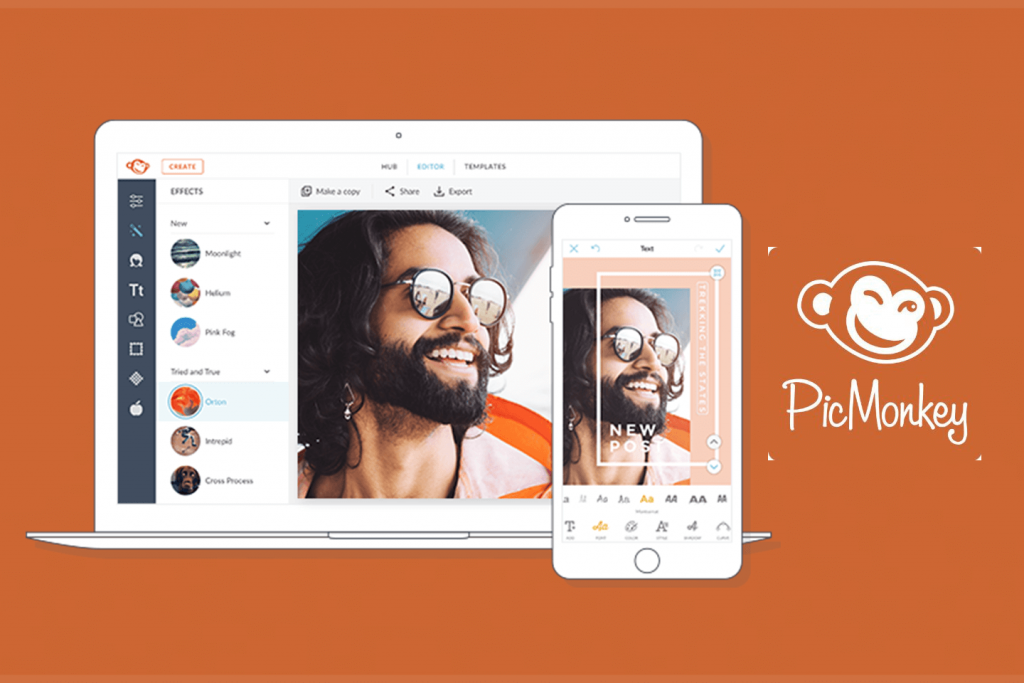
Key Features of PicMonkey:
- More advanced photo editing: It comes with advanced tools like effects, touch-up tools, and a background eraser that can be used by people of all skill levels.
- Photographers will love how well it improves photos, making it perfect for blogs, marketers, and small businesses that want to tell stories through pictures.
- Bloggers, marketers, and online business owners who work with images often and need to make thorough changes quickly and easily are the best users.
- Unique Selling Proposition: PicMonkey is good for people who need to make more than simple changes but aren’t ready to use professional software like Adobe Photoshop because it combines ease of use with powerful editing tools.
#4. Gravit Designer
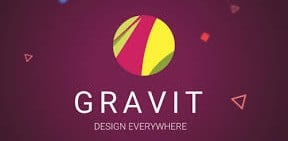
Key Features of Gravit Designer:
- What Vector Design Can Do: Supports a wide range of vector editing tools that let you make drawings, logos, and icons with lots of details.
- Cross-Platform Functionality: It works on the web, Windows, Mac, and Linux, among other systems, giving designers the freedom to work on a variety of devices.
- Ideal Users: Visual artists and graphic designers who need to make vector drawings with a high level of accuracy and flexibility but don’t want to spend a lot of money on Adobe Illustrator.
- Unique Selling Point: Gravit Designer is known for being affordable and having a lot of powerful output choices. This makes professional vector design easier to get, especially for startups and freelancers who are on a tight budget.
#5. Snappa
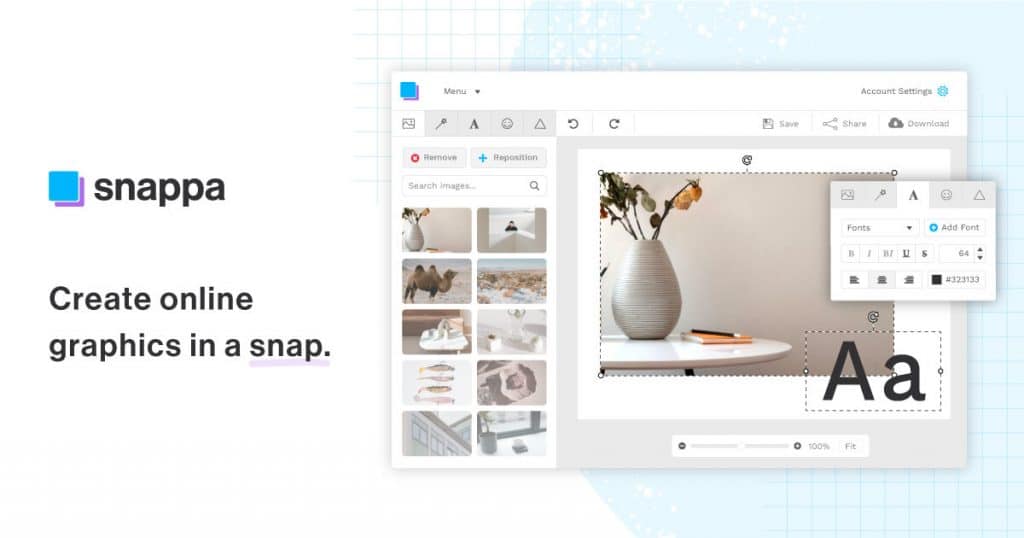
The best things about Snappa are its speed and efficiency. With an easy-to-use interface and access to a large library of high-quality stock pictures that come with the subscription, users can make designs quickly.
- Social Media Optimization: Templates and size settings are made to work best on social media sites, which makes it easy to make content that is ready for those sites.
- Marketers, writers, and business owners who need to make quick, appealing graphics or ads for social media or the web without having to deal with complicated design processes.
- Unique Selling Proposition: What makes Snappa appealing is how easy it is to use and how it comes with a library of high-quality stock pictures that save users time and money on finding images.
Each of these tools has its own benefits, and the best one for you will depend on your goals, skill level, and budget. If you are a professional designer looking for powerful tools or a small business owner needing quick graphics for social media, these alternatives to Canva can greatly improve your design process and the quality of the work you produce.
I’ve switched between a few of these tools depending on the needs of the job and my budget. For example, when we were working on a very small budget for a startup, Crello’s cheap cartoons helped us make interesting social media ads that made our campaign much more successful.
Why is Canva Better Than Other Apps?
Canva used to be better because it had so many free tools and features. From the many available templates, you could have made designs that were completely unique and looked professional. The number of free features has gone down since Atlassian took over, which has made many users unhappy with their work.
Why You Should Think Twice About Using Canva For Business
Few marketers or small business owners have the time or money to spend on other things. They often use Canva instead. It is important to take the time to do it right, though, for marketers, leaders, and other people who want to see complicated ideas like strategy or data.
Though Canva makes it seem like all you need are pretty pictures and fun styles to design something, that’s not always the case. They do have a lot of pretty themes, but their style is pretty uniform, which makes it hard for your brand to stand out. You might end up using their style guide instead of your company’s by accident/by design.
In particular, their infographic templates aren’t very interesting, and they don’t always come in business-friendly forms.
But design isn’t just about gloss. To make infographics that show data correctly and in the right context, you have to change a lot of small things, like choosing the right chart types and making sure there are enough labels.
If you want to make an illustration, you should use software that was made for that purpose.
When you make charts, icons are also very useful. There aren’t any good business icons in Canva’s library. As a hint, Venngage has a lot of different images.
Other Reasons People Don’t Use Canva
- You shouldn’t use it for drawings that will need to be printed because the color management is bad.
- Because it’s not a vector-based tool, it’s not good for making designs that need to be changed for different sizes, like logos.
- You can’t send designs in file types that other tools can change.
- You can’t use it if there are connection or server problems because it is live.
- It can be hard to confirm a nonprofit’s status if that applies. There are also legal issues, especially when using their picture library (remember that they can change their licenses at any time).
Look at what else is out there if you want to make designs for more complicated or business messages. There are several tools that can help people who aren’t artists make beautiful infographics.
What are the Free Alternatives to Canva?
There are a few well-known free alternatives to Canva. These are Prezi, Visme, PicMonkey, Pixlr X, Stencil, and Adobe Express. One thing to keep in mind is that not all free alternatives let you fully change the graphics. Some charge extra for certain features, which are also called “premium features.”
Why Is Canva Better Than Visme?
With its free plan, Canva gives you access to more than 250,000 templates. Visme, on the other hand, only gives you a certain number of templates and design files. Canva also lets you download finished files right away, without any Canva branding. Visme’s free plan, on the other hand, has a logo.
Visme might be better for some users with specific needs, like marketers who need a lot of infographics and chart themes. But for most people, Canva will be better for light use.
How Do You Choose a Good Canva Alternative?
When looking for alternatives to Canva, it’s important to keep the following in mind:
- How easy it is to use: The platform should be simple to use and explore, even for people who aren’t very good at graphic design.
- Different templates: A good alternative should have a lot of professional templates that can be used in different fields and for different reasons.
- Options for customization: The platform should let you change templates and other design parts to make images that are unique and your own.
- Pricing: A good alternative to Canva should offer a range of pricing options so that users can find one that fits their wants and budget.
- Team teamwork feature: The tool should let teams work together and share files, so it’s easy for people to do their jobs together even if they are in different places.
Is Canva Good For Graphic Designers?
Canva isn’t good for designers because they need to make unique assets from scratch all the time. Canva is only useful if you don’t know anything about design and want to use ready-made layouts.
Is It Time to Change the Tools You Use for Design?
Looking into these alternatives to Canva can help you be more creative and get things done faster. They can be adjusted to fit any budget or design need. With the right tool, you can go from being a hobbyist designer to a professional one, or you can use it as a small business to improve your online profile.
Want to find the best design tool to make your artistic ideas come to life?
Related Articles
- Top 10 Free Linktree Alternatives for Savvy Content Creators
- How To Add Linktree To Instagram: Step By Step Guide
- The Top 2024 Brand Mention Tools (All You Need)
- CONTENT MARKETING: A User-Guide to Developing Your Business
- Monitoring Online Content: How To Do This In 5 Steps
